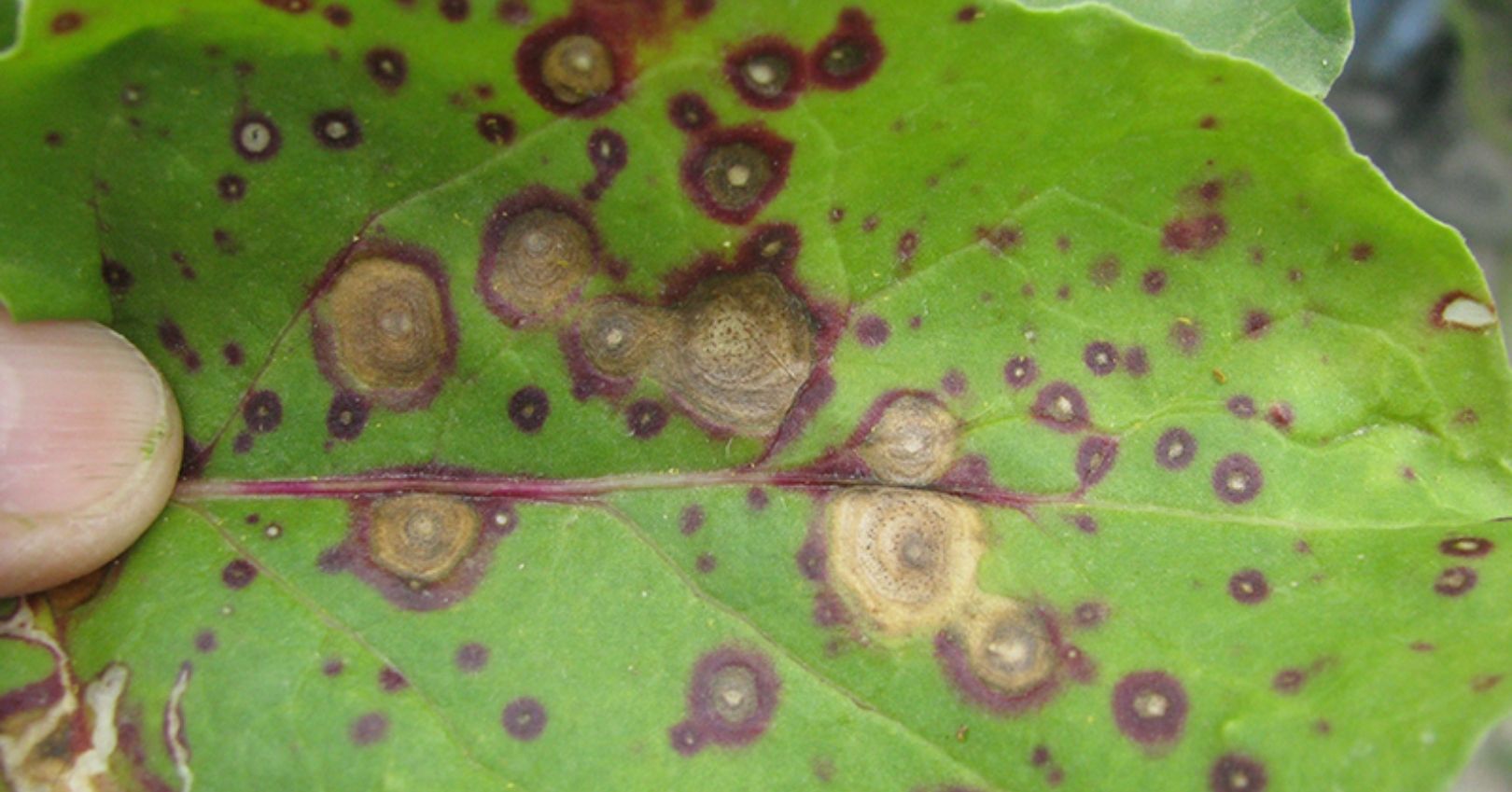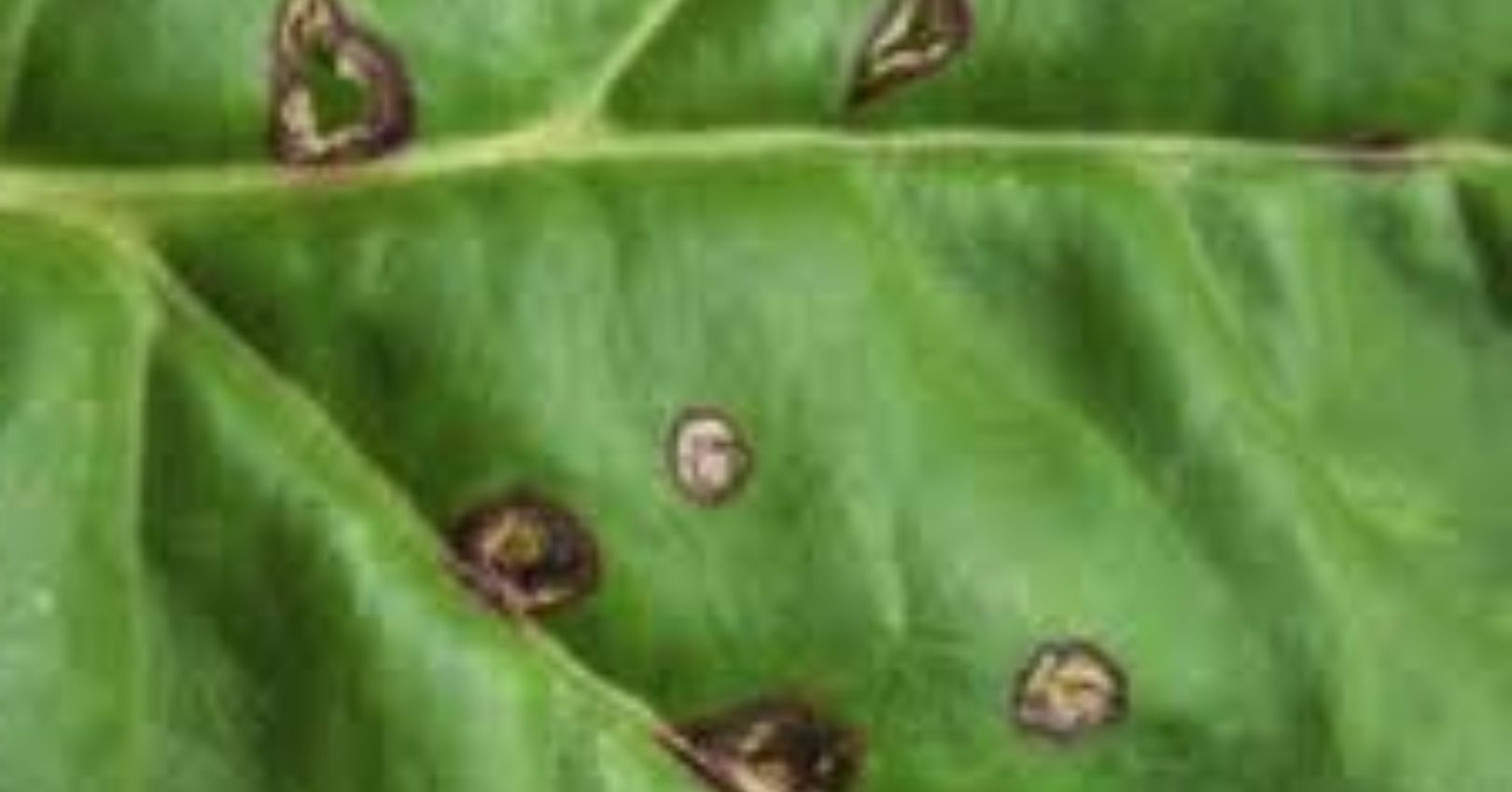Phoma Leaf Spot and Root Rot


Casual Agent
This disease is caused by Phoma betae.
Symptoms
Phoma leaf spot and root rot can cause damping-off in Beta sp. such as beets and chard. It can also cause light brown leaf spots that may contain concentric rings of tiny round fruiting bodies containing spores. The fungus can also cause a root rot resulting in wilting of the plants.
Disease Cycle
Phoma betae is seedborne and can overwinter on plant debris. Seedborne inoculum leads to damping-off. Spores developing in spring in fruiting bodies on plant debris are blown by wind onto new plants causing spots on leaves and stems. The spores developed in new lesions are moved to uninfected plants by splashing water, equipment, and foot traffic during wet weather. The ideal conditions for infection and disease development are 57oF-65oF and high humidity.
Management
- Use certified disease-free seed.
- Reduce incidence by rotating crops. Allow 3 years to pass before an area is planted with Beta genus crops again.
- Seed treatments. The only chemical management option is seed treatment with products such as Thiram.

